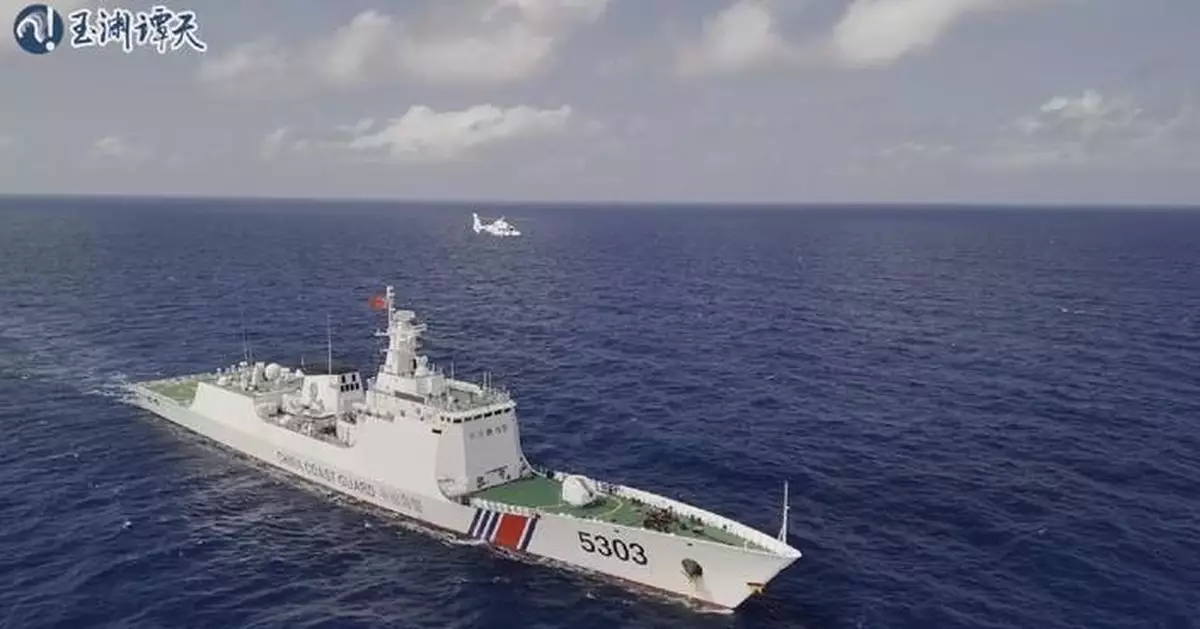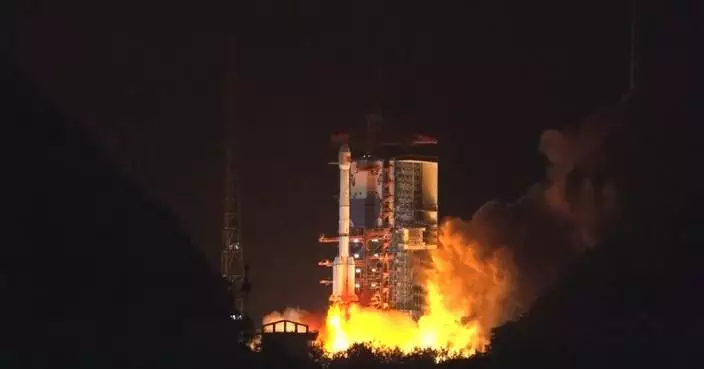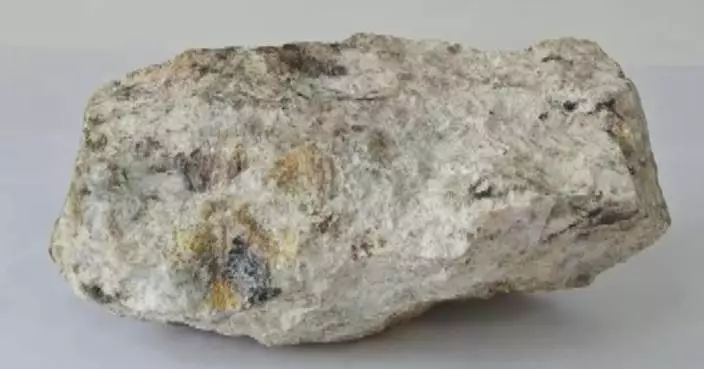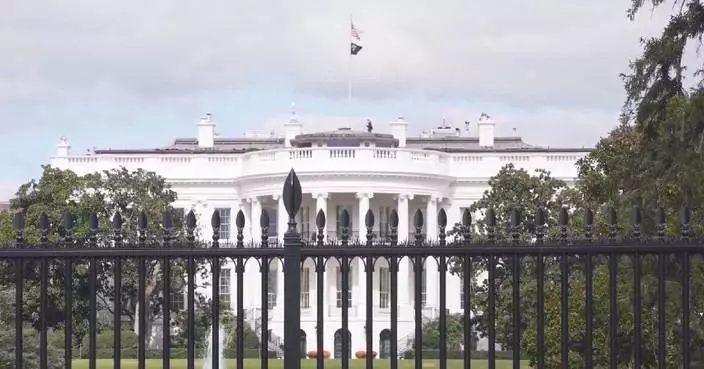China has intensified its presence in the territorial waters and airspace of Huangyan Dao and its surrounding areas in the South China Sea, as part of broader efforts to counter U.S.-Philippine provocations and assert sovereignty over the region.
Yang Xiao, deputy director of the Institute of Maritime Strategy Studies at the China Institutes of Contemporary International Relations, shared his insights on the actions with Yuyuantantian, a media arm of China Media Group (CMG), the country's flagship broadcaster.
In the interview released on Wednesday, Yang noted that since December last year, China has conducted a series of operations in territorial waters of Huangyan Dao and its surrounding areas, including the first-ever use of helicopters in search-and-rescue exercises, a move that might appear minor but carries significant strategic weight in addressing long-standing U.S.-Philippine maneuvers in the region.
On Dec 19, 2024, a Philippine C-208 aircraft illegally entered the airspace over Huangyan Dao without the approval of the Chinese government. The China Coast Guard closely monitored the situation and issued warnings to drive it away.
"There has been a growing trend in Philippine tactics in the South China Sea since 2024, with an increased emphasis on aerial operations. Apart from deploying small helicopters, the Philippines has been using drones in order to create frictions. Such tactics the Philippines has mastered is acturally the result of hands-on instruction from the United States. The U.S. military has not only conducted training programs but also supplied drones and even sent personnel to assist on-site," said Yang.
To understand the developments, Yang emphasized the strategic significance of Huangyan Dao. Located at the easternmost edge of the Zhongsha Islands, Huangyan Dao guards the strategic passageway from the southern end of the Taiwan Strait into the South China Sea. Moreover, the Bashi Channel, located at the southern end of Taiwan Island, is very close to Huangyan Dao.
In March 2024, foreign media reported that the United States and the Philippines were jointly constructing civilian ports in the Batanes islands, which lie near the Bashi Channel and less than 210 km south of Taiwan Island.
"Unlike most islets in the South China Sea, which are often surrounded by clusters of reefs, Huangyan Dao stands alone within a vast expanse of sea. This isolation makes it a highly sensitive position. If control of this island changes, the strategic situation would undergo a significant shift. Against this backdrop, the intentions behind U.S.-Philippine actions around Huangyan Dao become much clearer. In the early stages, their strategy focused on attempting to seize control of the island via maritime routes. They deployed so-called fishing boats and official vessels to occupy the area. However, after the China Coast Guard established regular law enforcement operations at Huangyan Dao, these Philippine vessels were repelled and could hardly enter the lagoon. Even their repeated attempts to force entry have ended in failure," said Yang.
"In November 2024, China formally announced the baselines of the territorial sea adjacent to Huangyan Dao, declaring the extension of 12 nautical miles from the baselines as Chinese territorial waters. With the China Coast Guard and the Chinese People's Liberation Army Southern Theater Command conducting joint patrols in the area, any further attempts by U.S.-Philippine forces to approach Huangyan Dao by sea have become futile. With the maritime path effectively blocked, the only remaining option for them is the air path," the expert said.
In November alone last year, U.S. military reconnaissance planes conducted 50 sorties near the South China Sea. Their primary aim is to deny the legitimacy of China's territorial claims, Yang said.
In response to these provocations, China has taken a firm stance. The recent deployment of the China Coast Guard helicopters for airspace patrols and search-and-rescue exercises sends a clear message, he noted.
"The helicopter exercise this time focuses on practicing maneuvers such as circling ships, low-altitude flight, and rapid takeoff and landing. This demonstrates that we not only have the capability to quickly reach relevant airspace but also the capacity to maintain a sustained presence there. China sends a signal that it is actively exercising control over the airspace around Huangyan Dao," said Yang.
"Based on the baselines of the territorial sea, the airspace above territorial waters is part of China's sovereign airspace. The actions of U.S. reconnaissance planes and Philippine drones in this airspace are illegal and cannot be tolerated. If the U.S. and the Philippines continue their provocations, they must understand that the costs of an aerial confrontation or interception are far higher than those of maritime enforcement. We hope they will heed this signal and refrain from recklessly testing the boundaries of danger," he said.
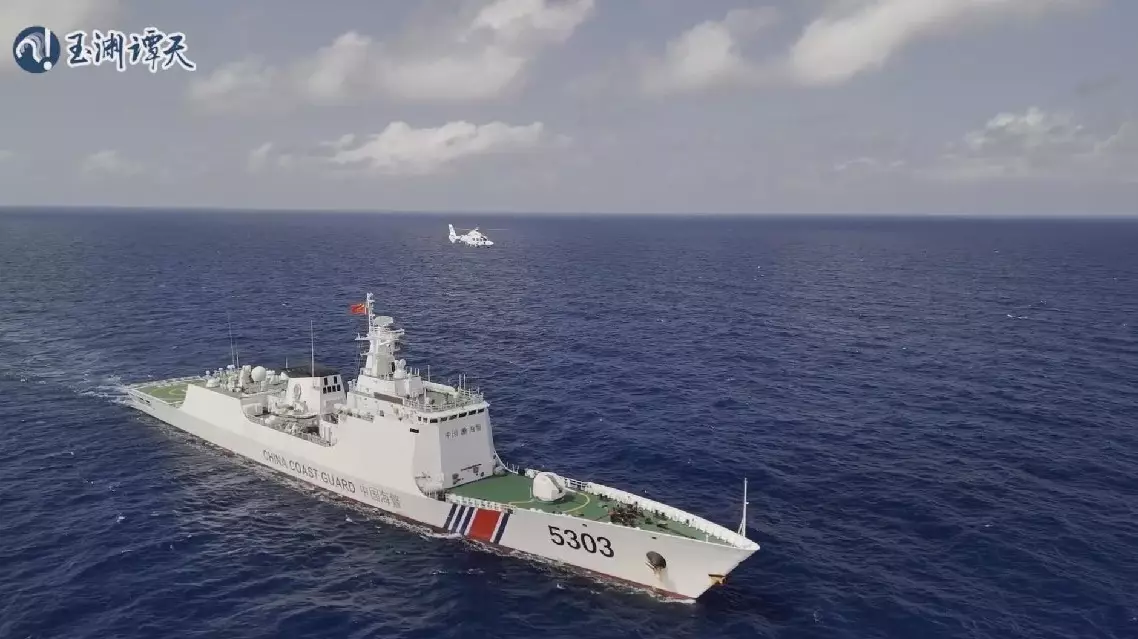
China's strategic operations around Huangyan Dao foil U.S.-Philippine plot in South China Sea


